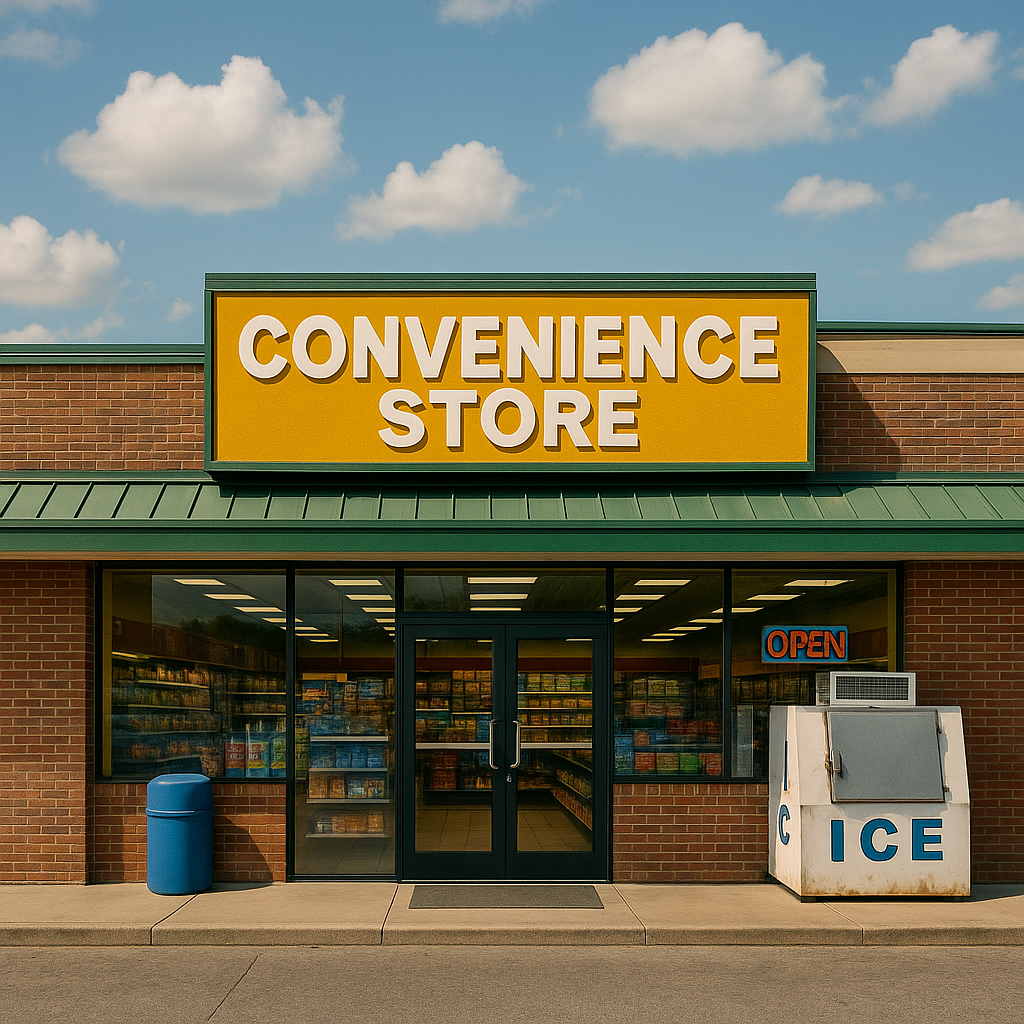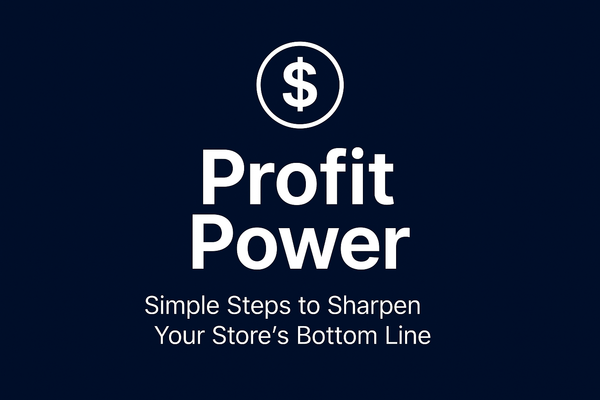How Many Convenience Stores Are in the U.S.?
Ever wonder just how many convenience stores dot the American landscape? If it feels like there's a c-store on every corner, you're not far off. As of 2025, there are 152,255 convenience stores in the United States.

Store Count and Market Penetration Series
Introduction
Ever wonder just how many convenience stores dot the American landscape? If it feels like there’s a c-store on every corner, you’re not far off. Whether you’re stocking shelves, running the register, or managing a store, knowing the lay of the land can help you see where you fit in—and where the industry’s headed. Store count isn’t just a number; it’s a sign of how healthy and competitive the business really is.
The Latest Store Count: By the Numbers
Let’s get right to it: as of 2025, there are 152,255 convenience stores in the United States. That’s a whole lot of Slurpees, snacks, and fuel stops! The number barely budged from last year—down just 141 stores, or 0.1%. So, the industry’s holding steady, even as the business changes.
To put it in perspective, there’s about one convenience store for every 2,233 Americans. That’s a lot of opportunities to grab a coffee or fill up on gas, no matter where you live. Over the past decade, the total store count has stayed pretty stable, with only small ups and downs. So, while some stores close and others open, the overall picture is one of steady demand.
Who Owns All These Stores?
Here’s where things get interesting. Most folks assume big brands run the show, but the truth is that single-store operators still make up the majority. In fact, about 63% of all U.S. convenience stores are run by folks who own just one store—or, at most, a handful.
On the flip side, the big chains are growing their slice of the pie. The largest chains (those with 500 or more stores) now account for about 22–23% of all stores. That means while there are fewer big operators, they control a hefty chunk of the market. Chains like 7-Eleven, Circle K, and Casey’s are leading the charge, snapping up smaller stores and expanding fast.
So, whether you work for a family-owned shop or a national chain, you’re part of a diverse and ever-changing industry.
Where Are They? Top States for Convenience Stores
If you guessed Texas has the most c-stores, give yourself a gold star. The Lone Star State boasts over 16,400 convenience stores—more than anywhere else in the country. That’s a lot of kolaches and breakfast tacos!
Other big states for c-stores include California, Florida, New York, Georgia, Ohio, North Carolina, Michigan, Pennsylvania, and Illinois. These states have large populations and lots of highways, making them prime territory for c-stores.
Some states have seen their store counts grow, while others have dipped a bit. But overall, the biggest states tend to stay on top, thanks to a steady stream of drivers and snack lovers.
Fuel and the C-Store Universe
For most folks, convenience stores and gas go hand in hand. And the numbers back that up: as of 2025, about 121,852 c-stores sell fuel. That’s nearly 80% of all U.S. convenience stores!
Here’s a fun fact: convenience stores sell roughly 80% of all the fuel in the country. So, if you’re working at a store with gas pumps, you’re part of a massive piece of the American economy.
But things are changing. With electric vehicles on the rise and fuel efficiency improving, some stores are shifting their focus to food, drinks, and other essentials. Still, for now, fuel keeps the wheels turning—literally and figuratively.
Market Penetration: What Does This Mean for Employees?
So, what does all this mean for the people working in c-stores? Well, the high number of stores means there are plenty of job opportunities, especially in states with lots of locations. But it also means there’s competition—both for customers and for jobs.
If you’re in a state like Texas or Florida, you’re surrounded by c-stores, which can mean more options for work and maybe even better pay as stores compete for good employees. In smaller states or rural areas, jobs might be harder to come by, but stores are often a lifeline for the community.
Working for a single-store owner can feel like family, while big chains might offer more benefits or chances to move up. Either way, knowing how many stores are out there—and who owns them—can help you make smart choices about your career.
What’s Driving Changes in Store Count?
Why do some years see more stores open while others see a few close? It’s a mixed bag. Here are some of the big drivers:
- Market Consolidation: Big chains are buying up smaller stores, which can lead to fewer total locations but bigger, more efficient operations.
- Changing Consumer Habits: More folks are shopping online or looking for healthier options, so stores have to adapt or risk losing business.
- Rising Costs and Competition: Higher wages, tougher regulations, and competition from dollar stores and supermarkets can squeeze out smaller operators.
For employees, these changes can mean new opportunities—like learning new skills or moving up the ladder—but also uncertainty if your store is bought out or closes.
Conclusion
There you have it: the U.S. convenience store landscape is huge, with over 152,000 stores and counting. Whether you’re working in a bustling city or a quiet small town, you’re part of an industry that touches nearly every American every day.
Keeping an eye on store count isn’t just for the bigwigs—it helps everyone in the business stay sharp and ready for what’s next. Who knows? Maybe your store will be the next big thing, or maybe you’ll find new opportunities as the industry grows and changes.
Stay tuned for the next article in our series, where we’ll dive into the biggest c-store chains and what they mean for your day-to-day work. Until then, keep your eyes peeled and your coffee hot!
Quick Facts
- Total U.S. convenience stores (2025): 152,255
- Stores selling fuel: 121,852
- Top state: Texas (16,400+ stores)
- % single-store operators: 63%
- % of fuel sold by c-stores: 80%
Sources
- Data from NACS (National Association of Convenience Stores), NIQ, and industry reports.





